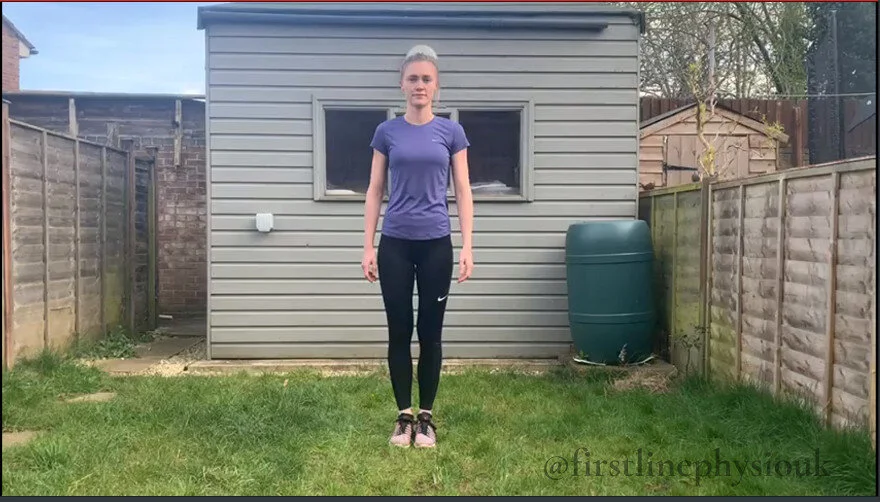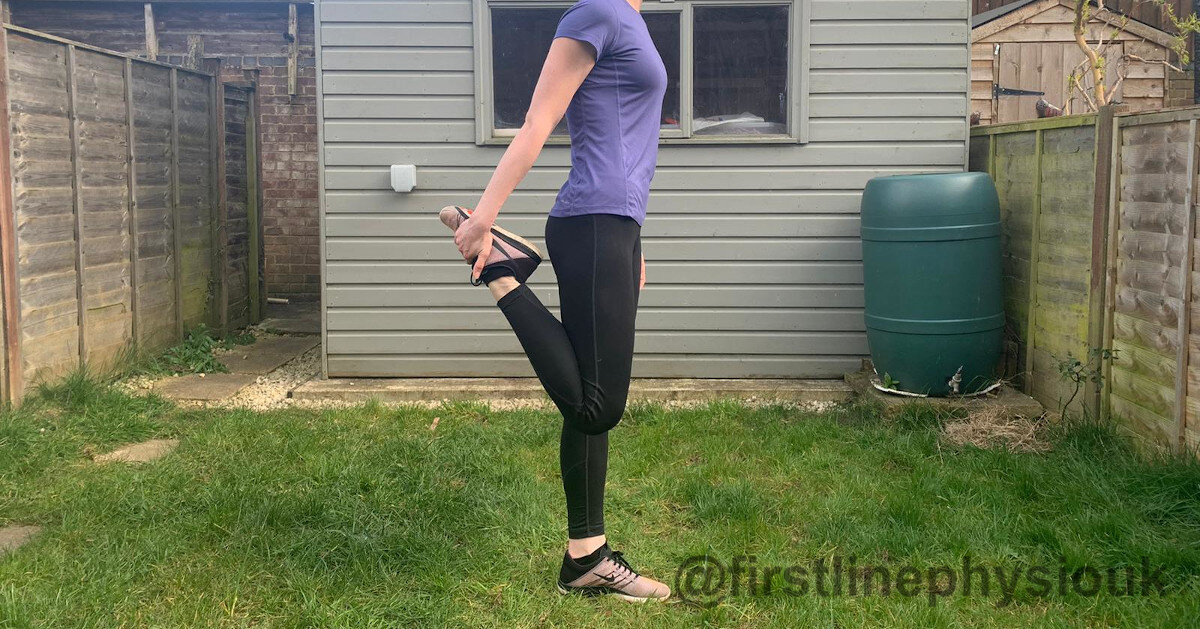Reducing the risk of running injuries: Part 1
There are many causes of running injuries, and many things your physio can do for them. As with most things, prevention is better than cure. Although First Line Physio is here to help rehabilitate your running injuries, we would rather help you to AVOID THE INJURY IN THE FIRST PLACE. Here we’ll discuss top tips to keep injuries at bay when running.
Many risk factors have been established for running related injuries. There appears to be a higher risk of injury if the runner is not participating regularly in other sports - which is highly likely during this pandemic.
One study found that running 40 miles (64km) or more per week was the biggest risk factor to injury. It’s important that you plan when you are going to run and it looks like it’s actually beneficial to run more than once a week to avoid injury.
Keep weekly distance down and make sure that you leave at least a day between your runs when you first start to allow your body to recover. This is especially important if you are new to running or have had an injury in the last 12 months.
There is evidence that running on hard surfaces such as concrete roads can increase the risk of injuries. Grass is easier on your legs and reduces the impact on your hips, knees and ankles.
You may find you tire more easily when running on grass. This is because the soft ground actually makes your muscles work harder and this builds strength. See if you can break up your road running with periods on grass. Be careful if you have had a previous ankle injury as grass can be uneven and slippery when wet.
What about a warm-up and stretching?
Everyone is different and there is no “one size fits all” with a warm-up or stretching routine. Most of the evidence points towards avoiding static stretching (where you hold the position) before exercise, and to focus on “dynamic stretching”.
We talk about stretching in more detail in our previous blog.
Ideally before running, you want to warm up with things that mimic running. A lunge is similar to a running stride and can help to “switch on” your bottom muscles (glutes) - helping to propel you forwards and prevent knee pain.
There is a great series of lunges called “the lunge matrix” created by physiotherapist Dr Gary Gray which can serve as a good warm up before a run.
As we like to have a bit of a variety to warm-ups, we have incorporated our adaptation of this with 2 other exercises to help you warm up effectively.
“Lunge around the clock”
This is a series of multi-directional lunges aimed at warming up your leg muscles. It doesn’t really matter what order you complete them in, but we find it’s easiest to complete them like you are following the hands of a clock.
12 - Forward lunge - Take a step forwards with right foot. Slowly bend the back knee towards the ground and bend your front knee. Then lift your front foot off the floor and push back to starting position. Repeat on the other leg.
2 (and 10) - Forward diagonal lunge - Step forwards diagonally towards 2 o’clock with your right foot. Bend your right knee into a lunge and keep your left leg straight. Return to the centre. Complete the other leg for 10 o’clock.
3 (and 9) - Side lunge - Take a step to your right side, keeping your feet pointing forwards. Bend your right knee, and sit back into your hips, keeping your left leg straight. Return to the centre. Then complete with the other leg to 9pm.
4 (and 8)- Backwards diagonal lunge - Step backwards diagonally towards 4 o’clock with your right foot. Bend your right knee into a lunge and keep your left leg straight. Return to the centre. Complete the other leg for 8 o’clock.
6- Backwards lunge - Take a step backwards with your right foot. Bend your back knee towards the ground, sitting down into your hips. Then lift your back leg off the floor and return to the centre. Repeat on the other leg.
Repeat the whole cycle 3 times.
Other handy tips
Make sure your front knee does not move over your toes. If this is happening, try and take a bigger step forwards. Make sure your front knee stays pointing the same direction as your toes and it doesn’t fall inwards.
Go slowly at first to make sure you are stable and make sure your front foot is grounded properly. A good idea is for the first few repetitions on each leg to be “baby” lunges, and increase the depth of the knee bend as you go through the drill.
Use the opposite arm in front of you to give you more balance.
You may feel a little sore in your legs and bottom for 24-48 hours after the first couple of sessions - don’t panic! This should improve with time as your body gets used to the movement.
Leg swings
Standing holding onto something for support (wall/fence/post - whatever you have)
Lift one leg up and swing it in front of you. Keep your knee slightly bent. You may feel a bit of a pull in the back of the thigh when you do this. Then swing it backwards.
Repeat x 5
Then repeat on the other leg.
Super brief quad stretch
Bend one knee and bring your heel to your bum. Reach back and grab your foot and pull it towards your bottom. Make sure your knees are together so you get the most out of this stretch.
You should feel a pull in the front of your thigh.
Hold for 2-3 seconds (NO LONGER!) and release.
Complete 3 stretches on each leg.
Remember that a warm-up is different for everyone and if you don’t get on with this for whatever reason, stop and seek advice. This is absolutely not written to substitute medical advice and it is always important to see a qualified health care professional for a formal diagnosis. If any of the exercises cause pain during or after the exercise, discontinue and consult a physiotherapist.
If you would like to get in touch please visit our contact page.



